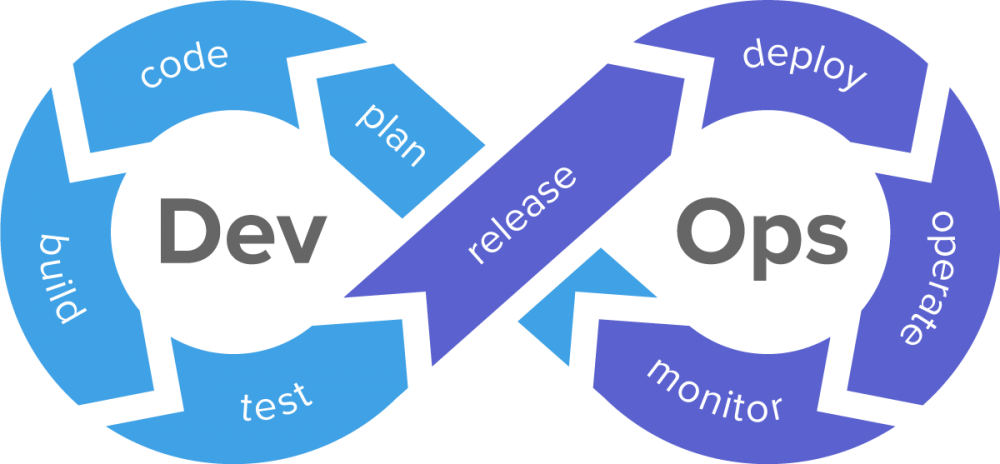By Lindsey Terra. In recent years, university IT organizations have focused on automating the complex, multi-step processes that create sticking points and slow down the deployment of improvements for software users.
UC Santa Barbara Student Information Systems & Technology (SIS&T) implemented DevOps via the Octopus Deploy system to increase the automation of code deployments. They have seen drastic improvements in the outcome and quality of their deployments by changing the relationship between the development and operations tasks. Today, the influence of DevOps reaches into several major areas of Student Affairs IT operations with momentous results.
But DevOps is more than just a process—it’s a mindset shift. The biggest challenge is implementing the culture change, taking some of the weight off of the system engineers and allowing them to devote their energy elsewhere.
“Automation culture requires long-term trust building,” explained Diana Antova, SIS&T’s director of Data Services and Business Systems Support. “There’s a lot of uncertainty in transitioning to a shared responsibility over the deployment system. We’ve come a long way in making the process more comfortable for our engineers.”
Before DevOps, deployment responsibilities were split up across two primary roles: developers who write the code, and system engineers who ensure the code can operate properly before it is pushed into the production environment, making it accessible to users. There were typically massive changes that had to be made between the development and production phases, so every deployment was done by hand and required an individual employee to oversee it—a process that was often risky and inefficient. DevOps restructures the production phase by breaking down code features and performing frequent, small changes that would be too meticulous to do by hand.
“The system shows exactly where the code broke down, and you can simply click a button to revert to the previous version of the code. Not only is this a massive risk reduction, but it also ensures that deployments aren’t eating up the time of our system engineers,” said Steven Maglio, SIS&T application architect and software engineering lead. The benefits of automated deployments with no engineer needed were apparent in the organization’s 2019 data; manual deployments had a 79.5% success rate, compared to a 96.1% success rate for automated deployments. These findings were a driving force behind transitioning a majority of deployments to this fully automated process in 2020.
SIS&T supports 32 departments on campus, with IT units embedded throughout many of them, as each entity has its own applications, websites, and services it provides. Implementing an automated deployment system has allowed for the continued functionality of over 200 applications, with fewer issues arising and less support required from operations engineers. The switch from manual to automated operations led to a dramatic increase in the number of deployments performed, with over 8,000 deployments occurring in 2020 between development, test, and production systems, delivering IT services to campus stakeholders faster and with better quality.
Other UCSB departments now can take advantage of this process regardless of what environment they are working in, whether it’s Windows/Microsoft, Linux, Java, or something else. They just need the right tools for their environment and a willingness to adopt the mindset.
This article originally appeared in UC Santa Barbara Information Technology and is re-posted in the UC IT Blog with permission.
 Lindsey Terra is communications and outreach assistant, Office of the Chief Information Officer, UC Santa Barbara.
Lindsey Terra is communications and outreach assistant, Office of the Chief Information Officer, UC Santa Barbara.







